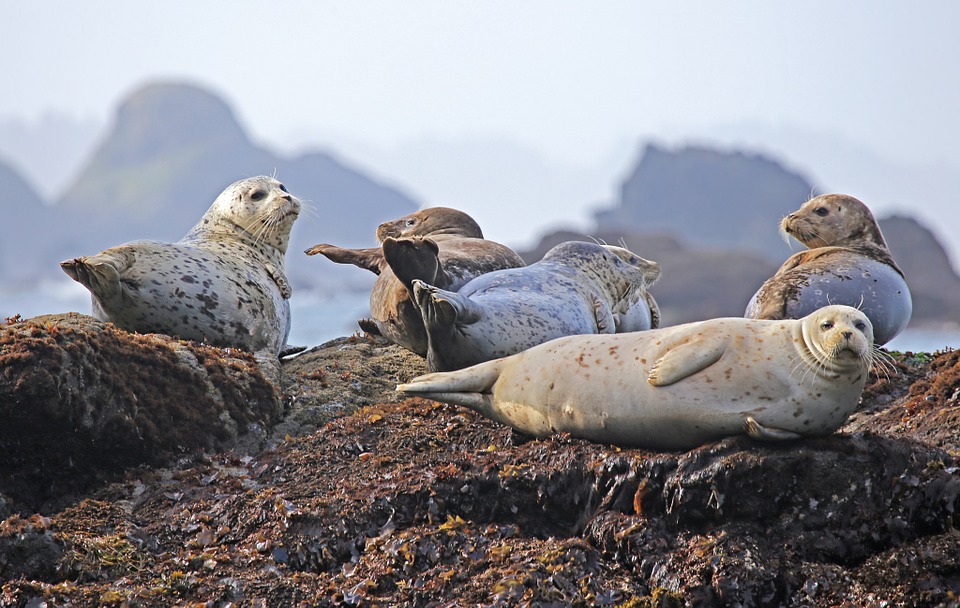Rising temperatures have come out strongly warning that these changes are affecting the food chain of the entire ecosystem.
There has been a massive die-off of seal over the past year along the coastal region of Alaska and partly Mexico. The figure that was recently released by The National Oceanic and Atmospheric Administration (NOAA) has stated that 282 carcasses have died from last summer to now. This number is more than double the number of seals that died over the same period during the previous year, which was 119 cases.
These unusual cases have already been designated as an “unusual mortality event”. This will enable the government to investigate what is causing his deaths. Significant resources have been directed into finding out what is causing this death.
NOAA has also said that this number of deaths is about five times the normal expected rate of death. It also clarified that only a small portion of seals can swim ashore, and this means that most seals may have died at sea and sank never to be found again.
Seal die-offs affect the entire ecosystem
The rising temperatures along the coastal areas are being suspected of being the main reason resulting in these deaths. Seals are adapted to living in the sea and they are heavily reliant on Icebergs to stay afloat, breed and pup rearing and other crucial life functions to survive. The rise in temperatures has been attributed by experts to global warming.
Some of these seals, expert says, have died because of malnutrition according to NOAA spokesperson Speegle. These seals are part of the endangered species and with this rate of deaths, it spells doom to their survival.
Biologists, out of concern for the growing number of species that are dying because of rising temperatures have come out strongly warning that these changes are affecting the food chain of the entire ecosystem. It is not just the seals that have been affected, as they have noted.
In the past five years, increased deaths of seabirds and gray whales have been eye-opening to them and drastic solutions have to be made to safeguard the endangered species and other sea life.







